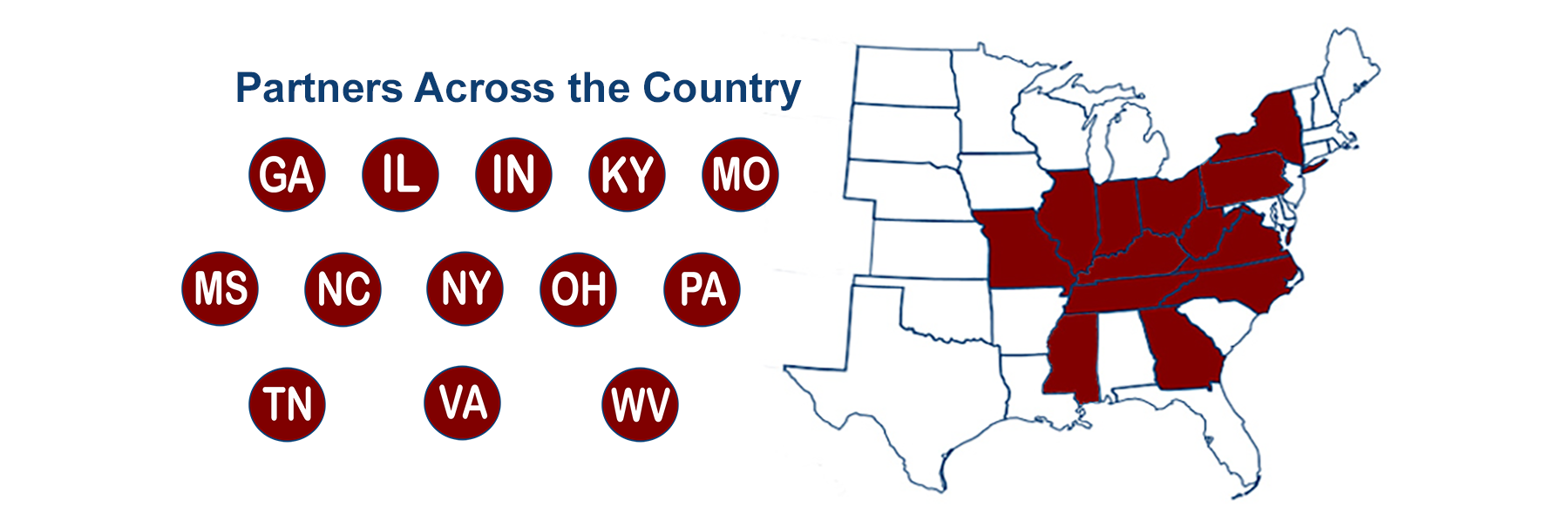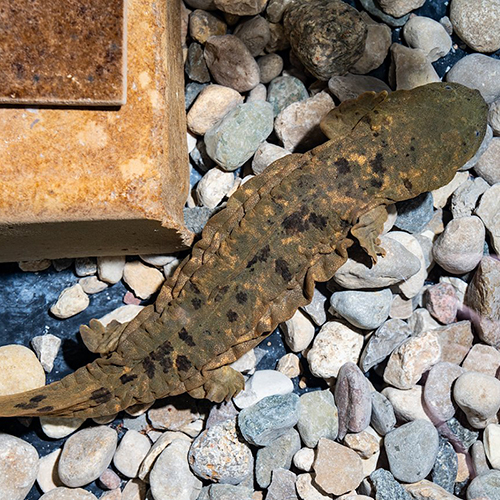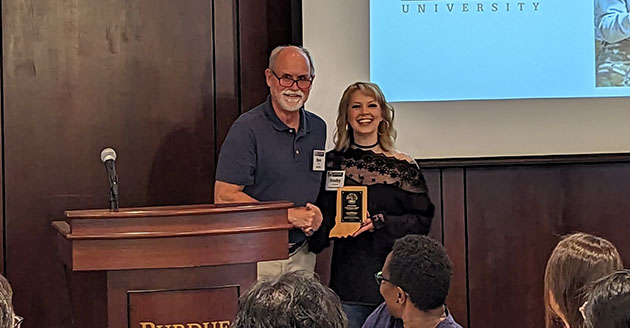About Us
Everyone can do something to Help the Hellbender. On this website, you will find information about the hellbender, as well as household and farm management practices that can help keep our rivers and streams clean. People who fish and kayak can also learn what they should do if they see a hellbender in the wild.
The Help the Hellbender Project is a joint project involving partners from across the country. More information about our partners can be found by visiting: Project Partners.
Contact us with any questions, requests for presentations, requests for resources and your suggestions.
- Genetically derived effective population size estimates of herpetofaunal species should be used with caution
- Eastern hellbender, a sentinel of of water quality, bred in captivity for first time, at Evansville zoo
- Underwater videos improve hellbender conservation
- All hail the great hellbender salamander!
- Wildlife Commission seeks hellbender (waterdog) sightings
- Hellbender Salamander
- Hellbenders found in a new Pennsylvania water

Funding is now available to producers in the Blue River-Sinking Watershed to implement conservation practices on their land to assist with the recovery of Eastern Hellbenders and improvement of aquatic resources. This funding is provided through USDA’s Natural Resources Conservation Service’s (NRCS) Regional Conservation Partnership Program (RCPP).
With help from nearly $2.7 million in RCCP funding, the project aims to improve hellbender habitat in a four-county region in south central Indiana, the only remaining habitat for hellbenders in the state, by expanding the use of agricultural conservation practices that lead to decreased sedimentation in local rivers systems.
Sedimentation is a major cause of hellbender decline and reduced sedimentation will increase available habitat for hellbenders, mussels, and aquatic macroinvertebrates. This project also will address soil and nutrient loss, which are concerns for agricultural producers, as the targeted conservation practices and systems have been shown to have long-term benefits for agricultural systems and operations.








